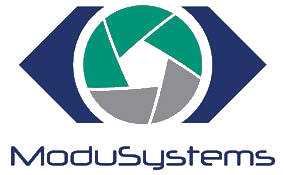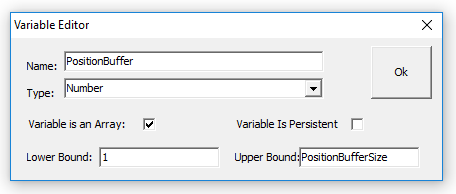
Purpose
Beyond merely shuffling information from one place to another, organization is accomplished by combining and operating on items to produce new items. This section describes common infix operators.
Operators for simple types
There are a variety of different infix operators. Infix means that expressions are written in a ?conventional math? format with the operator in between the two parameters it relates to. For example to add two variables and assign them to a third is done with:
Sum:=Operand1+Operand2;
Spaces are not required between the operator and the operands. A frequently encountered need is to increment a variable by one. In pascal this is usually done with the command:
NumberOfPartsCompleted:=NumberOfPartsCompleted+1;
In this particular case the compiler recognizes that the destination of this operation and the source are the same and that the amount being added is one. This becomes a native increment instruction for the processor.
Infix Operations include
+ Addition operator - Subtraction operator * Multiplication operator * div integer division / floating point division, i.e. fractional and logical and operator or logical or operator xor logical exclusive or operatorOperations may be grouped with parenthesis to explicitly control precedence, i.e.
Answer:=(A+(B*C));
would be a different answer from:
Answer:=(A+B)*C);
Multiplication and division have higher precedence than addition and subtraction however being explicit is often much clearer.
const PartsInBatch=75;
All of the places that were concerned with the number of parts in a batch are now automatically updated. The places where there might have been 49s or 51s now become PartsInBatch-1 and PartsInBatch+1. It may appear that this is less efficient because of the additional operations taking place to calculate that value however this is not a problem. The compiler is aware that the expression PartsInBatch+1 is composed of values all known at compile time so the compiler itself performs the calculation once creating the 51s and 49s (or 76s and 74s if the PartsInBatch is 75). Using constants allows you to centralize a machine attribute and derive other values from it to manage application information. If a numerical value is used in more than one place for the same meaning use a constant to insure these two values ?stay in synch? in the event of a future change.
An important place for constants is in array bound declarations. Arrays are often used to store information about the motion system during data collection. It is very important that an array is not accessed beyond bounds. Accordingly whatever procedure is filling the array should use constants to indicate the range of filling which are the same constants used to define the array size. This insures that as the array size is altered that the filling operation is automatically altered as well to insure consistency. Note that symbolic names may be typed into the lower bound and upper bound fields in the variable declaration dialog box:


